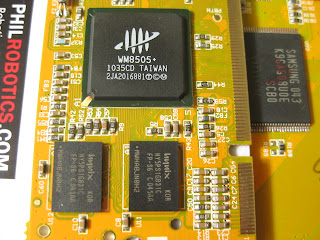WM8505 LCD driver
Another low-level hack on my Android Apad ( clone/fake Apad? ).
This time it's now with the 800x480 GLCD driver. It's working, but I'm not sure if the initialization is complete (i.e. the hardware is, most probably, already initialized by the bootloader). I've just modified the sources from Wondermedia (look at "\common\wmt_logo\" folder). LCD routines here are not using the graphics engine (GE) of WM8505.
download Eclipse project here: ARM9_WM8505_LCD.zip
Read my previous post on how to set-up the tool-chain and how to load the program on WM8505.
forum link: Re: Let's learn ARM using cheap 7" tablets


This time it's now with the 800x480 GLCD driver. It's working, but I'm not sure if the initialization is complete (i.e. the hardware is, most probably, already initialized by the bootloader). I've just modified the sources from Wondermedia (look at "\common\wmt_logo\" folder). LCD routines here are not using the graphics engine (GE) of WM8505.
download Eclipse project here: ARM9_WM8505_LCD.zip
Read my previous post on how to set-up the tool-chain and how to load the program on WM8505.
expected output:
forum link: Re: Let's learn ARM using cheap 7" tablets
















